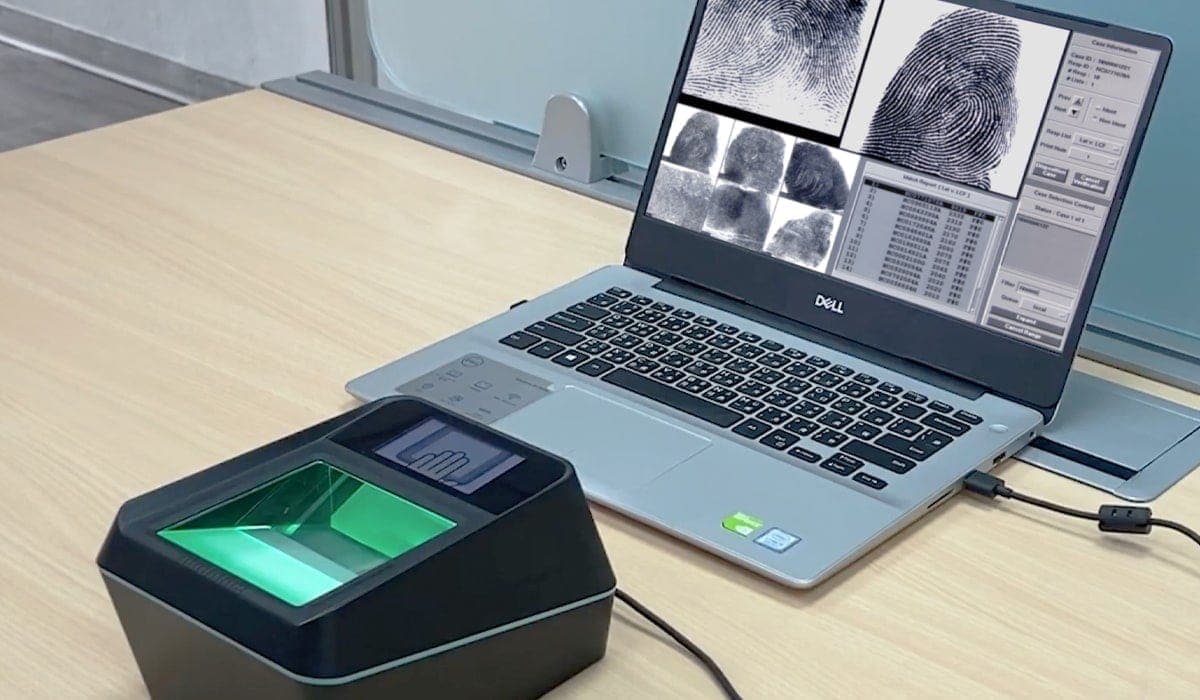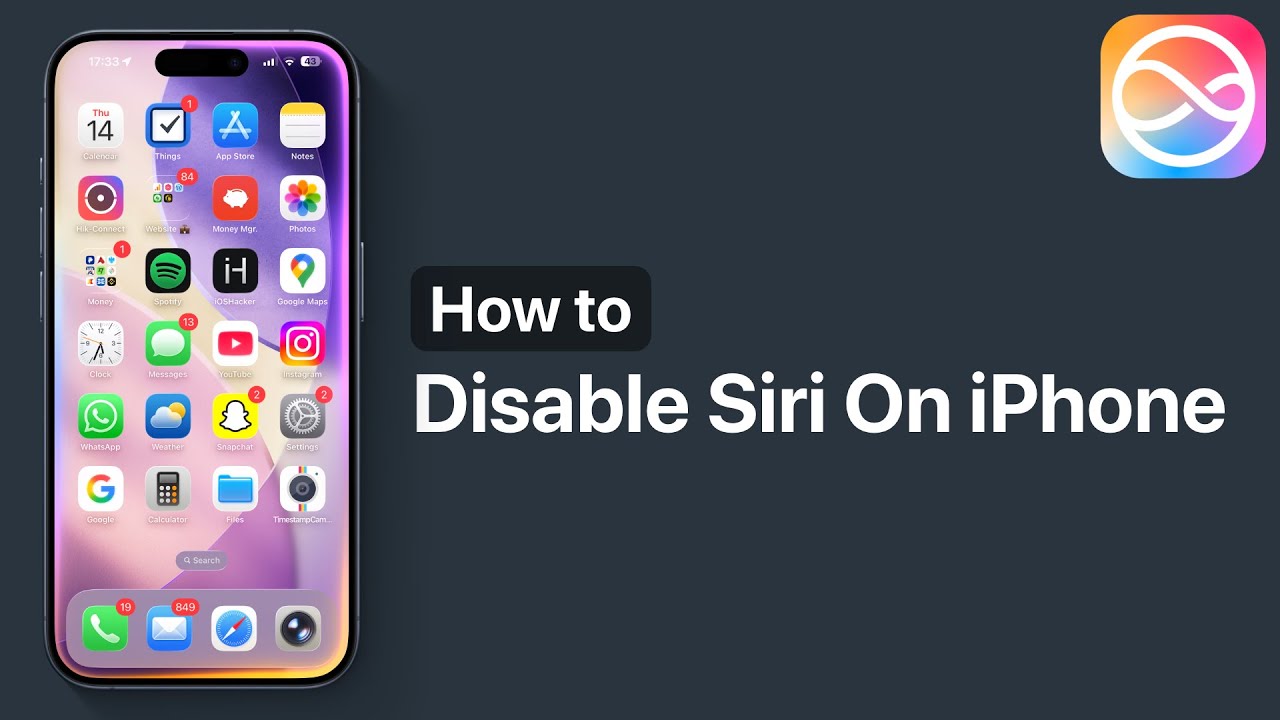Ever feel like tech innovation hits like a sudden storm chaotic, powerful, yet full of hidden potential? That’s stormuring in a nutshell: the art of harnessing unpredictability for breakthroughs. Blending “storm” (raw energy) with “murmuring” (subtle insights), stormuring is emerging tech’s quiet revolution. In a world of rigid algorithms and burnout, it flips the script, turning chaos into creative expression and resilience. Think AI brainstorming sessions that spark wild ideas or cloud computing flows mimicking nature’s fury. As digital patterns evolve, stormuring boosts imagination and adaptability, making it essential for innovators. Ready to ride the wave? Let’s dive into this transformative force.
Stormuring’s roots trace back to chaos theory in the 1960s, where scientists like Edward Lorenz showed how tiny “murmurs” in weather models birthed massive storms much like ideas in tech. By the early 2020s, online communities adapted it for digital revolutions, calling out stormuring in technology as a metaphor for innovation. From unstructured creativity in hacker forums to structured problem-solving in startups, it evolved amid social media trends. Today, it’s the backbone of emerging tech, embracing turmoil for personal growth and viral challenges that redefine brainstorming. No wonder it’s storming the scene.
Core Principles: Harnessing Unpredictability for Innovation
At its heart, stormuring thrives on a few simple yet powerful ideas that turn tech’s wild side into your secret weapon. First, embrace chaos not as a bug, but as the feature. Picture a brainstorming session where ideas crash like thunder: that’s the “storm” part, fueling raw creativity and innovation. Then comes the “murmuring” those quiet reflections that sift gold from the noise, promoting balance and transformation.
Key to this is adaptability: in tech, it means pivoting from failed code to breakthrough apps without skipping a beat. Unstructured creativity lets teams tap emotional release, sparking self-discovery amid deadlines. Add symbolism like digital patterns echoing nature’s fury and you’ve got a framework for resilience. Stormuring isn’t rigid; it’s fluid, blending mindfulness practices with tech tools for stress management and imagination boosts. Whether coding AI or designing user flows, these principles whisper: let the storm rage, then listen. It’s how quiet revolutions start.
Stormuring in Action: Real-World Tech Case Studies
Seeing stormuring at work makes its magic real. Take Spotify: amid the chaos of streaming data storms, they harnessed unpredictability to personalize playlists, turning user turmoil into addictive discovery. What started as murmuring user feedback evolved into algorithms that boost engagement by 30%, proving stormuring in technology drives growth.
Airbnb faced market crashes like hurricanes, but by embracing chaos for creative expression, they redesigned experiences think virtual tours born from lockdown frenzy. This adaptability not only saved the company but sparked innovation in travel tech, with bookings surging post-pivot.
 Closer to home, a leading tech firm stalled on product launches until adopting stormuring: teams journaled “idea storms,” channeling emotional release into prototypes. Result? A 40% faster time-to-market, as one case study notes. These stories show stormuring in branding and marketing isn’t hype it’s how tech teams turn adversity into opportunities, fostering social bonds and collective voices in fast-paced worlds.
Closer to home, a leading tech firm stalled on product launches until adopting stormuring: teams journaled “idea storms,” channeling emotional release into prototypes. Result? A 40% faster time-to-market, as one case study notes. These stories show stormuring in branding and marketing isn’t hype it’s how tech teams turn adversity into opportunities, fostering social bonds and collective voices in fast-paced worlds.
Benefits for Tech Teams: Boosting Creativity and Resilience
Why bet on stormuring? For tech pros, it’s a game-changer that amps up what matters most. Start with creativity: by tapping nature’s fury metaphorically, teams unlock unstructured creativity, leading to wilder ideas and better problem-solving. Studies hint at 25% more innovative outputs when chaos is embraced, per emerging research on digital revolutions.
Resilience follows suit. In high-stakes coding marathons, stormuring acts as stress management, blending mindfulness practices with quick “murmur breaks” to cut burnout by fostering self-discovery and emotional release. Teams report stronger social bonds too think collaborative viral challenges that build empathy and adaptability.
On the mental health front, it’s gold: imagination boosts from stormuring reduce anxiety, turning turmoil into personal growth. For leaders, it’s a resilience toolkit, enhancing focus amid unpredictability. Bottom line? Tech squads using this see higher retention and output, proving stormuring for innovation isn’t just buzz it’s the edge in a turbulent field.
Overcoming Challenges: Ethical Stormuring in a Regulated World
No revolution’s smooth stormuring has hurdles, especially in tech’s ethical minefield. One biggie: unchecked chaos can amplify biases in AI, turning creative expression into unintended harm. Common misconceptions paint it as reckless, but ethical stormuring demands balance: audit “idea storms” for fairness, ensuring inclusivity.
Regulation adds thunder GDPR and AI laws murmur for caution. Teams must navigate this by integrating introspection: post-storm reviews to align with values, avoiding data privacy pitfalls. Missteps, like over-relying on unstructured creativity, can lead to burnout or weak security.
Yet, flip it: view challenges as catalysts. Build support systems with diverse voices for empathy-driven fixes. Real talk start small, like ethical guidelines in brainstorming. This way, stormuring evolves from risk to strength, turning potential pitfalls into stepping stones for trustworthy tech. It’s not about dodging the storm; it’s steering through with integrity.
Future Trends: Stormuring’s Role in AI and Beyond
Peering ahead to 2030, stormuring’s set to redefine tech’s horizon. In AI, it’ll power adaptive models that learn from digital chaos, mimicking nature’s fury for hyper-personalized tools think self-evolving chatbots that murmur user needs into proactive solutions.
Beyond, expect stormuring in sustainable tech: harnessing climate data storms for resilient grids, blending innovation with eco-balance. Web3 communities will buzz with it, using blockchain for collective voices in decentralized creativity.
Global shifts? Emerging markets lead, adapting stormuring for low-resource innovation, like mobile apps born from local turmoil. Challenges like ethical AI will push boundaries, but with resilience baked in, it’ll foster viral trends in education and healthcare tech.
The whisper? Stormuring isn’t fleeting it’s the quiet force propelling tech’s next wave, from quantum leaps to human-centered design. Stay tuned; the storm’s just warming up.

How to Get Started: Practical Tools for Tech Pros
Diving into stormuring? Keep it simple no fancy gear needed. Step one: carve out “storm time” 10 minutes daily for free-flow idea dumping, like jotting code snippets amid coffee chaos. Tools? Notion for murmuring reflections or Miro for visual brainstorming boards that capture digital patterns.
Integrate tech: Use AI apps like ChatGPT for chaos prompts (“What if this bug sparks a feature?”), channeling emotional release into prototypes. For teams, try Slack channels for anonymous “murmur shares,” building social bonds and adaptability.
Track progress with journals: note wins in stress management or imagination boosts. Freebies? Download stormuring templates from GitHub basic frameworks for ethical check-ins. Start small, scale up: from solo hacks to group sessions. Remember, it’s about flow, not perfection. Your first storm might feel wild, but that’s the point growth awaits on the other side.
Conclusion: Embrace the Storm for Tech’s Quiet Revolution
Stormuring isn’t just a buzzword; it’s the subtle shift tech needs to thrive in uncertainty. From chaos theory roots to AI frontiers, it weaves creativity, resilience, and innovation into everyday workflows. We’ve seen it spark breakthroughs at Spotify, build unbreakable teams, and chart ethical paths forward. As digital storms intensify, those who listen to the murmurs fostering self-discovery and collective voices will lead the charge.
So, what’s your move? Grab that notebook, fire up a tool, and let the energy flow. In embracing stormuring, you’re not just surviving the tech tempest you’re shaping its calm eye. The revolution? It’s yours to quiet(ly) ignite.
FAQs
What exactly is stormuring in emerging tech?
Stormuring fuses chaotic energy like data overloads with subtle reflection to drive tech innovation, turning random inputs into smart, resilient solutions like adaptive AI.
How does stormuring differ from traditional brainstorming?
Traditional methods are linear and structured; stormuring welcomes unpredictability and emotional release for deeper, more adaptable ideas, boosting creativity without the burnout.
Can beginners apply stormuring for personal growth?
Yes! Begin with short “idea storms” brain-dump wild thoughts, then journal murmurs. It’s ideal for stress management, self-discovery, and weaving tech passions into daily life.
What’s the future of stormuring in AI development?
It’ll enable AI that thrives on chaos, like self-correcting models for climate tech, enhancing innovation while prioritizing ethical balance in a regulated world.
Are there risks to practicing stormuring?
Sure—over-chaos can lead to overwhelm or ethical slips. Counter with mindfulness and team check-ins to harness benefits like resilience without the downsides.
How can stormuring improve team collaboration in tech?
By encouraging vulnerability in “murmur sessions,” it strengthens social bonds, empathy, and shared storytelling, turning diverse inputs into unified, innovative projects.











